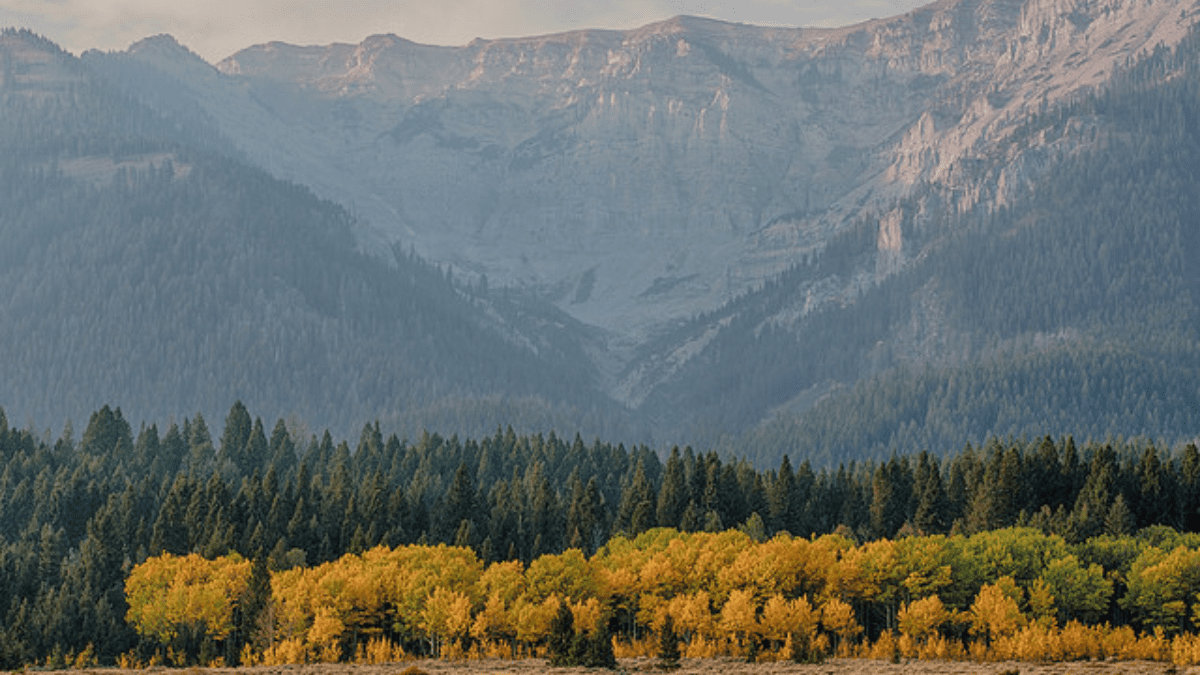The Bureau of Land Management on Thursday passed a long-awaited rule aimed at putting conservation measures on the same footing as oil and gas leasing, grazing and other commercial uses of federal lands.
“This rule integrates our ongoing work with a conservation vision to help us manage our lands in the 21st century,” BLM Director Tracy Stone-Manning said in a video announcing the rule. It ensures that the Bureau of Land Management can fulfill its multi-use and sustainably productive mission, which includes providing minerals, energy, feed, timber and recreational opportunities, now and into the future with a renewed commitment to protecting the environment.
The transformation of the country’s largest land manager has been praised by conservation and environmental groups and criticized by oil, gas and agriculture groups.
Among other things, it would allow the Bureau of Land Management to lease land for restoration and mitigation. The agency said the leases would help it achieve its water security, biodiversity and climate goals.
Brenda Mallory, chair of the White House Council on Environmental Quality, said from the most rugged backcountry to popular recreational areas close to home, these reforms will help provide cleaner water to all of us , healthier land, abundant wildlife and greater recreational opportunities.
BLM Principal Deputy Director Nada Wolff Culver said the rule monitoring and modeling components, coupled with conversations with BLM land-dependent parties, will help the agency measure its progress.
Wolf Culver said the U.S. Bureau of Land Management already has regulations for oil and gas, grazing and timber for many of the things we do, but so far we don’t have regulations for the conservation side of our mission.
Jamie Williams, president of the Wilderness Society, described the rule as a generation-defining shift in how we manage our shared natural resources.
Williams said in the statement that BLM lands make up the largest share of federal real estate and now that the Biden administration has officially documented them, they will no longer be ignored or viewed solely as a source of oil and coal. These lands will also be managed as wildlife sanctuaries, strongholds of Aboriginal cultural sites, havens for outdoor recreation and engines for a robust and responsible clean energy revolution.
“We applaud the Bureau of Land Management for finalizing the public lands rule,” Marne Hayes of Outdoor Business Montana said in a statement. The final rule aligns management decisions with our business interests, ensuring the BLM considers the protection and utilization of Montana’s $2.4 billion outdoor recreation economy, which supports nearly 30,000 jobs and contributes to the state’s $1.4 billion in compensation.
Kathleen Sgamma, president of the Western Energy Alliance, criticized the rule, saying the Bureau of Land Management is upending a balance that has been achieved on federal lands for decades and that the rule violates the Federal Land Management and Policy Act and Mineral Leasing Act.
BLM lands make up the largest share of federal property, and now the Biden administration has officially put them on the books, saying they will no longer be ignored or viewed solely as a source of oil and coal.
Wilderness Society President Jamie Williams
There are hundreds of millions of acres set aside as wilderness, national parks, and other protected areas, but there are also working landscapes across the West that provide food, fuel, and fiber for all Americans. She told the Montana Free Press that the rule would make it more difficult, if not impossible, to operate on BLM lands in many areas. She added that she expects her organization will sue to overturn the rule and anticipates lawsuits from red states as well.
The rule drew criticism from Montana’s elected officials, including Montana Attorney General Austin Knudsen, who opposed the change in a July press release, saying the rule Further privatizing public lands threatens small businesses and important national interests.
U.S. Rep. Ryan Zinke said in an emailed statement Thursday that the rule is an effort to control and directly threaten those who create jobs, fund schools and make a living from ranching, mining, energy production and outdoor recreation. community.
The BLM manages more than 8 million acres in Montana and is the state’s second-largest land manager after the U.S. Forest Service.
The agency received more than 216,000 comments on the proposal during a 90-day public comment period launched last spring.
#Rules #adopted #BLM #generationdefining #shift #Americas #largest #land #manager
Image Source : montanafreepress.org
